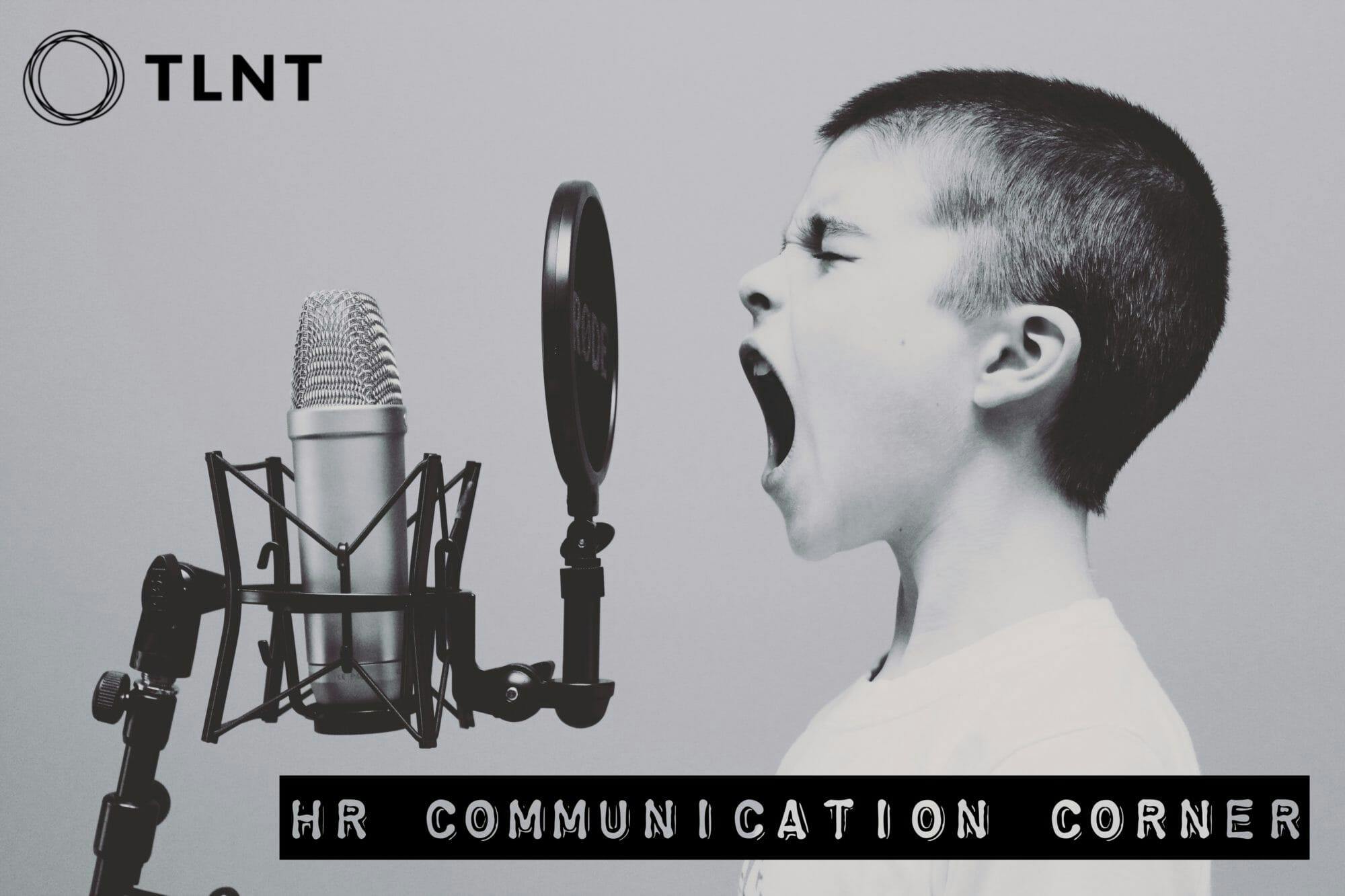Eggs and rejections should be done over-easy. Turning down applicants with class pays off in your long-term recruiting efforts and reputation as a great place to work. Your boilerplate “thanks, but no thanks” emails and letters to job applicants may have worked well in seasons of high employment. But in the age of COVID-19 layoffs and furloughs, not so. Empathetic responses to those who’ve interviewed with your company dictate a different approach.
How to Tactfully Turn Down a Job Applicant
Don’t Leave Them Hanging
If you think about it, you’ve probably dealt with situations where you felt your communication was going into a black hole in the center of the earth. Like a request to a Help Desk that goes unanswered. Like a callback from your doctor about results on your series of tests. Like entering a contest and never hearing the winners announced.
If an applicant has spent time interviewing for an open position, they deserve to know your decision. You don’t have to defend your decision. You don’t even have to reveal it. But at least close the door on the applicant’s wait. Leaving them in limbo for three months to learn that you’ve decided not to fill the position comes across as cruel.
Respond Promptly on Definite “No’s”
You can rule out some applicants immediately after the first interview. So why not let them know so they can go on their merry way to find other opportunities? Of course, you may want to note a specific applicant as a “back-up” in case the first choice turns you down. Waiting to notify in those situations may be advisable. But those whom you rule out definitely should get your “thanks, but no thanks” email or letter promptly.
Offer a Valid Reason
“We’ve chosen another candidate who has the prerequisite five years’ experience in the field.” Or: “We’re hoping to find someone with a Ph.D. in chemistry for this role.” Or: “For this sales position, we’re hoping to find someone who can bring a book of business with them.”
Of course, if the reason you’re rejecting a candidate might be insulting or offensive to them, then simply state or restate your wishes — what qualifications, skills, or experience you hope to find in a future candidate.
Job applicants don’t typically get so upset with a turndown; after all, that’s the nature of the job-hunting game. What turns them off is a turndown with no explanation or a false one like this: “Although you’re a highly qualified candidate with an impressive track record, we’ve decided not to make an offer at this time.” (Applicants shrug at the flattery: “If I’m so highly qualified and impressive, why didn’t I get the job?”)
Consider how your kids act when they ask, “Can I go for a sleepover at Johnny’s house?” You say “yes” and they’re out the door. You say “no” and their next question is “Why not?”
“Because I said so” doesn’t work with kids. And it fares no better with jobseekers. Giving a valid reason demonstrates respect.
Suggest an Alternative
If you’re in a position to do so, offer helpful suggestions for their job search. Examples: “You may want to consider taking the XYZ assessment and presenting those results to a future employer. They are highly regarded for applicants hoping to secure a similar position.” Or: “After you’ve gained a couple more years of experience in X, we’d welcome the opportunity to interview you again.” Or: “Have you thought of applying at X or Y?” Or: “With your experience, I’d suggest that you consider the field of X. Although this path would be slightly different from your previous positions, it might be worth more investigation.”
Any such comments demonstrate interest in the individual — the key thing that’s missing in so many typical rejection letters. That personal touch removes some of the “sting” found in many rejection messages.
Focus on the Future
End with a statement of goodwill — often best wishes for their continued job search or an acknowledgement of impressive past accomplishments or skills.
Of course, you may not want to take the time to respond in this empathetic, genuine way with every single candidate that knocks on your door. That’s why you’ve created “rejection” templates that deliver the typical bad news. But for those quality candidates who’ve interviewed with you and likely will be significant players in the industry, you’ll be doing your organization a favor by sending a courteous, personal response.
